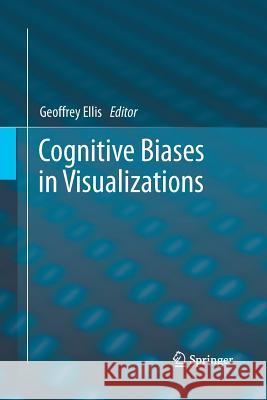Cognitive Biases in Visualizations » książka
topmenu
Cognitive Biases in Visualizations
ISBN-13: 9783030071042 / Angielski / Miękka / 2019 / 184 str.
Kategorie:
Kategorie BISAC:
Wydawca:
Springer
Język:
Angielski
ISBN-13:
9783030071042
Rok wydania:
2019
Dostępne języki:
Ilość stron:
184
Waga:
0.28 kg
Wymiary:
23.39 x 15.6 x 1.07
Oprawa:
Miękka
Dodatkowe informacje:
Wydanie ilustrowane











